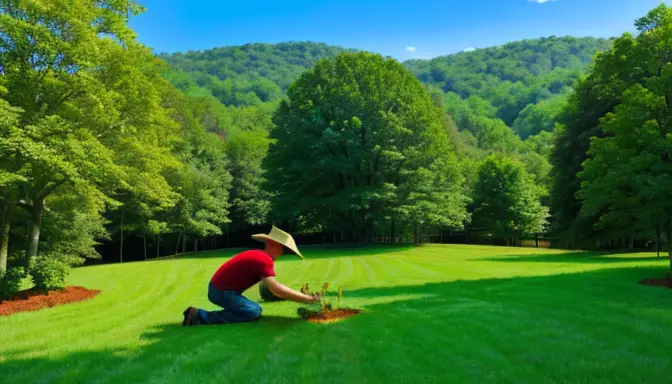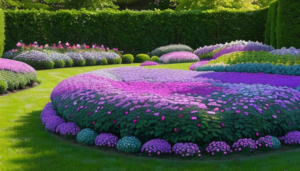When it comes to planting strawberries in Tennessee, following best practices is essential for a successful harvest. Choosing the right variety is the first step. Consider factors like day-neutral or June-bearing types, ensuring they are well-suited to Tennessee’s climate and soil conditions.
Preparing the soil is crucial. Test pH levels, add organic matter, and ensure good drainage to promote healthy strawberry plants that can thrive in Tennessee’s varying conditions. Proper soil preparation sets the foundation for a productive strawberry patch.

Understanding planting techniques is key. From spacing to depth and timing, knowing how to plant strawberry runners or bare-root plants correctly is essential for establishing a thriving strawberry patch in Tennessee.
Watering and fertilizing play vital roles in plant growth. Implementing a consistent watering schedule and providing the right type and amount of fertilizer can help Tennessee strawberry plants flourish and yield high-quality fruit.
Managing pests and diseases is crucial. Identify common threats to strawberry plants in Tennessee and employ organic or chemical control methods to protect your harvest and ensure plant health.
Utilizing mulching strategies is important. Mulch helps conserve soil moisture, suppress weeds, and shield strawberry plants from extreme temperatures, all of which are vital for maintaining healthy plants in Tennessee’s climate.
Proper pruning and runner control are essential practices. By managing runners and pruning strawberry plants correctly, you can promote fruit production, prevent overcrowding, and ensure long-term plant health and productivity in Tennessee.
Harvesting and storage are the final steps. Knowing when to harvest strawberries at peak ripeness and understanding the best practices for storing and preserving the fruit are key to enjoying a bountiful harvest in Tennessee.
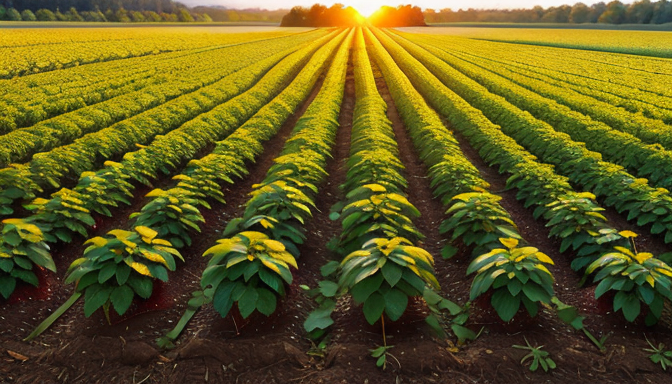
Choosing the Right Variety
Selecting the best strawberry variety for Tennessee’s climate and soil conditions is crucial for a successful harvest. Factors like day-neutral or June-bearing types should be considered. When choosing the right variety of strawberries to plant in Tennessee, it’s essential to take into account the specific characteristics of each type. Day-neutral varieties, such as ‘Albion’ or ‘Seascape,’ are known for producing berries throughout the growing season, offering a continuous harvest. On the other hand, June-bearing varieties like ‘Chandler’ or ‘Sweet Charlie’ yield a large crop in early summer. Consider the length of the growing season, the desired harvest time, and the flavor profile when making your selection to ensure optimal results.
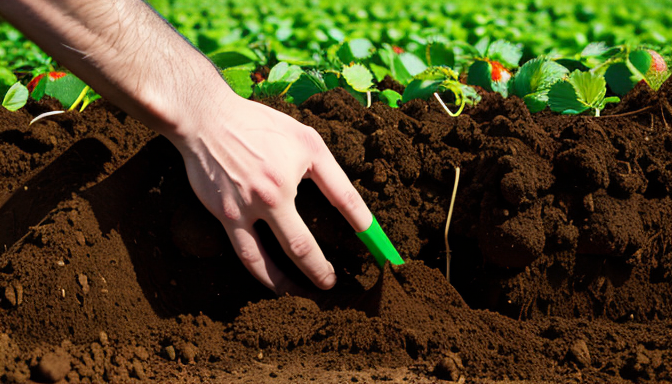
Preparing the Soil
When it comes to planting strawberries in Tennessee, preparing the soil is a critical step for ensuring the health and productivity of your plants. Before you start digging, it’s essential to evaluate the soil conditions and make necessary amendments to create an optimal growing environment. Here are some key practices to consider:
- Testing pH Levels: Conduct a soil test to determine the pH level of your soil. Strawberries prefer slightly acidic soil with a pH range of 5.5 to 6.8. Adjust the pH if needed by adding lime to raise it or sulfur to lower it.
- Adding Organic Matter: Incorporating organic matter like compost or well-rotted manure can improve soil structure, fertility, and drainage. Mix in the organic material thoroughly to enrich the soil.
- Ensuring Good Drainage: Strawberries are susceptible to root rot in waterlogged soil. Ensure proper drainage by planting in raised beds or adding organic amendments to improve soil aeration.
By following these soil preparation practices, you can create a favorable environment for your strawberry plants to thrive and produce juicy, flavorful berries in the Tennessee climate.
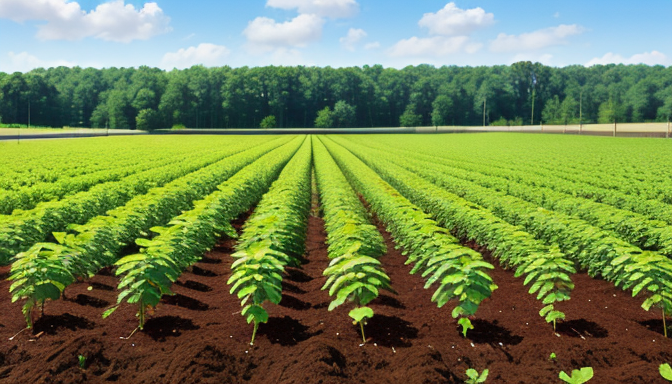
Planting Techniques
When it comes to planting strawberries in Tennessee, mastering the right planting techniques is essential for a successful harvest. Whether you are working with strawberry runners or bare-root plants, getting the spacing, depth, and timing right can make all the difference in establishing a productive strawberry patch in Tennessee.
Here are some key planting techniques to consider:
- Ensure proper spacing between plants to allow for good air circulation and prevent overcrowding.
- Plant strawberry runners at a depth where the crown is just above the soil level to promote healthy growth.
- For bare-root plants, spread out the roots and plant them at the correct depth, ensuring good soil contact.
- Timing is crucial – plant strawberries in Tennessee in early spring to allow the plants to establish before the hot summer months.
By following these planting techniques, you can set your Tennessee strawberry plants up for success and enjoy a plentiful harvest.

Watering and Fertilizing
When it comes to watering and fertilizing your strawberry plants in Tennessee, attention to detail is key for a successful harvest. Proper hydration and nutrition are essential for the plants to thrive in the varying conditions of the region. Let’s delve into the best practices for watering and fertilizing strawberries in Tennessee:
- Consistent Watering: Establishing a regular watering schedule is crucial to keep the soil evenly moist, especially during hot and dry periods. Deep watering is preferred to encourage strong root development.
- Choosing the Right Fertilizer: Selecting a balanced fertilizer with the appropriate ratio of nitrogen, phosphorus, and potassium is vital for promoting healthy growth and fruit production. Organic options are also available for those preferring a natural approach.
- Application Timing: Fertilize your strawberry plants in Tennessee in early spring before flowering begins, and then again after the first harvest to support the second crop. Avoid over-fertilization, as it can harm the plants.
- Monitoring Nutrient Levels: Regularly check the soil pH and nutrient levels to ensure that the plants are receiving adequate nutrition. Adjust fertilization practices based on the needs of the plants throughout the growing season.
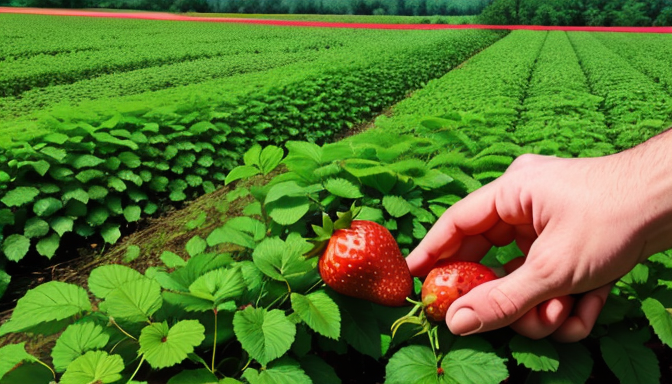
Managing Pests and Diseases
When it comes to cultivating strawberries in Tennessee, managing pests and diseases is a critical aspect that can make or break your harvest. By being proactive and vigilant, you can protect your strawberry plants from common threats and ensure a healthy crop. Here are some essential strategies to effectively manage pests and diseases:
- Regular Inspection: Conduct frequent inspections of your strawberry plants to detect any signs of pests or diseases early on. Look out for symptoms like wilting, discoloration, or unusual growth patterns.
- Integrated Pest Management: Implement an integrated approach that combines cultural, biological, and chemical control methods to keep pests and diseases in check while minimizing environmental impact.
- Natural Predators: Encourage beneficial insects like ladybugs and lacewings that feed on common strawberry pests such as aphids and spider mites.
- Proper Sanitation: Remove any diseased or infested plant material promptly to prevent the spread of pathogens. Clean tools and equipment to avoid transmitting diseases between plants.
By staying informed about the potential threats to your strawberry plants and taking proactive measures to address them, you can safeguard your crop and enjoy a successful harvest in Tennessee’s diverse growing conditions.
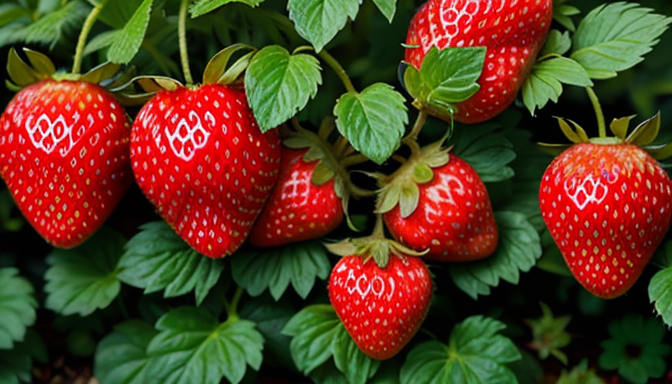
Mulching Strategies
Mulching is a crucial aspect of growing strawberries in Tennessee, as it helps maintain soil moisture, suppress weeds, and protect plants from extreme temperatures. One effective mulching strategy is to use organic materials such as straw, pine needles, or shredded leaves. These materials not only provide insulation but also break down over time, enriching the soil with nutrients.
Another mulching technique is to apply a layer of plastic mulch, which can help warm the soil, control weeds, and prevent fruit rot by keeping the berries off the ground. Plastic mulch is particularly useful in cooler regions of Tennessee where soil warming is necessary for optimal strawberry growth.
When mulching, ensure to leave space around the base of the plants to prevent rot or fungal diseases. Mulch should be applied after planting and maintained throughout the growing season to maximize its benefits. Regularly check the mulch layer for thickness and adjust as needed to protect the strawberry plants effectively.
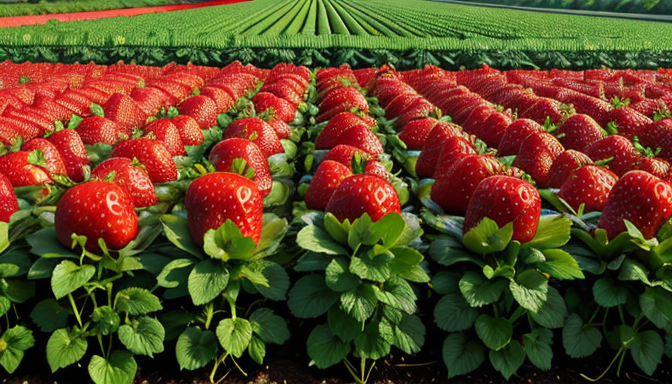
Pruning and Runner Control
When it comes to for your strawberry plants in Tennessee, attention to detail can make all the difference in ensuring a bountiful harvest. Properly managing the growth of your plants not only promotes fruit production but also helps prevent overcrowding and disease. Here are some essential tips and techniques to keep your strawberry patch in top shape:
- Regular Pruning: Trim back any dead or damaged foliage to encourage new growth and improve air circulation around the plants.
- Remove Runners: Cut off runners that are not needed to redirect the plant’s energy into fruit production. This helps prevent the patch from becoming overcrowded.
- Thin Out Crowded Areas: If plants are too close together, thin them out to ensure each plant has enough space to thrive and receive adequate sunlight.
- Monitor for Disease: Keep an eye out for any signs of disease or pest infestation while pruning, and take necessary action promptly to protect your plants.
By following these practices diligently, you can set your strawberry plants up for success and enjoy a plentiful harvest of delicious berries in Tennessee’s unique growing conditions.
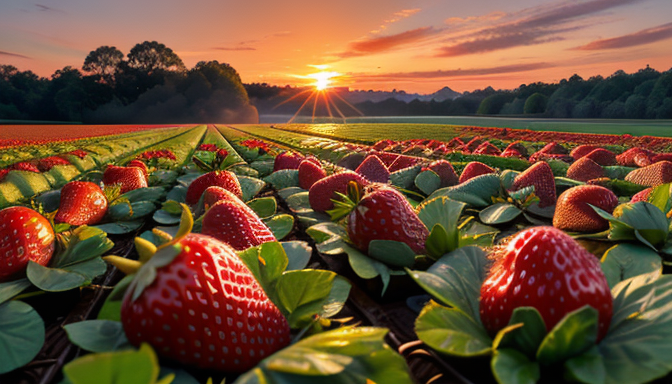
Harvesting and Storage Tips
When it comes to harvesting strawberries in Tennessee, timing is everything. Picking the berries at peak ripeness ensures the best flavor and sweetness. Look for fully red berries with a shiny appearance and firm texture. Remember, strawberries do not ripen after they are picked, so choose carefully.
After harvesting, it’s crucial to handle the strawberries with care to prevent bruising and spoilage. Place the berries in a shallow container, preferably in a single layer, to avoid crushing the delicate fruits. Avoid washing the berries until you are ready to use them to extend their shelf life.
For storing strawberries, refrigeration is key. Keep the berries in the refrigerator, unwashed, and loosely covered with a paper towel to absorb excess moisture. Properly stored, strawberries can last for up to a week, maintaining their freshness and flavor.
If you have an abundance of strawberries, consider freezing them for later use. Wash and hull the berries, then spread them on a baking sheet in a single layer to freeze individually. Once frozen, transfer the berries to a freezer-safe bag or container for long-term storage.
Frequently Asked Questions
- What are the best strawberry varieties for Tennessee?
For Tennessee’s climate and soil conditions, consider varieties like Chandler, Sweet Charlie, or Allstar for a successful harvest.
- When is the best time to plant strawberries in Tennessee?
Early spring or late summer are ideal times to plant strawberries in Tennessee, ensuring they establish well before extreme temperatures.
- How often should I water my strawberry plants?
Water strawberry plants consistently, aiming for 1-2 inches of water per week, adjusting based on rainfall and soil moisture levels.
- What are common pests and diseases affecting Tennessee strawberries?
Common pests include aphids and spider mites, while diseases like powdery mildew and botrytis can impact strawberry plants in Tennessee.
- How should I store harvested strawberries?
Store freshly harvested strawberries in the refrigerator, unwashed, and consume them within a few days for the best flavor and quality.
- Unraveling the Mystery of Yellowing Snake Plants - May 16, 2024
- Troubleshooting Yellowing Citronella Plants - May 16, 2024
- Troubleshooting: Elephant Ear Plant Turning Yellow - May 16, 2024
